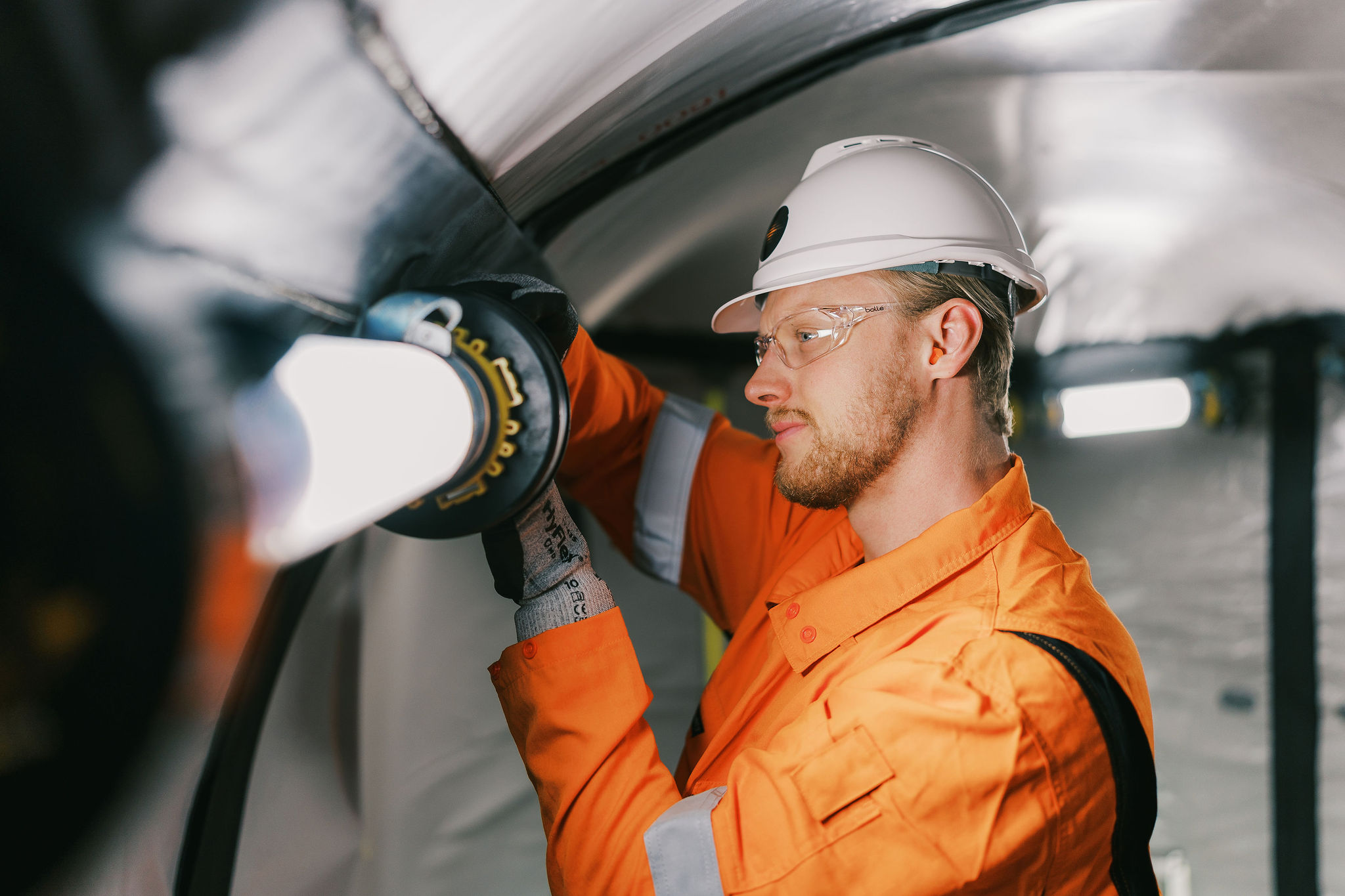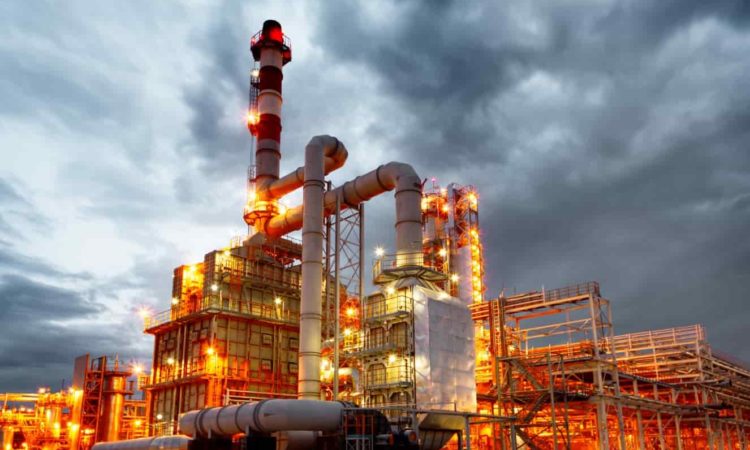Some Of Roar Solutions
Some Of Roar Solutions
Blog Article
Examine This Report on Roar Solutions
Table of ContentsThe Best Strategy To Use For Roar SolutionsThe Single Strategy To Use For Roar SolutionsAll about Roar Solutions
In such an environment a fire or explosion is feasible when three standard problems are met. This is commonly described as the "dangerous area" or "burning" triangular. In order to secure setups from a prospective surge a method of evaluating and classifying a potentially dangerous location is called for. The purpose of this is to ensure the proper selection and installation of devices to ultimately stop an explosion and to make certain safety of life.
(http://go.bubbl.us/e70511/38e0?/New-Mind-Map)
No devices ought to be installed where the surface area temperature level of the tools is better than the ignition temperature of the given risk. Below are some common dirt unsafe and their minimal ignition temperature level. Coal Dirt 380C 225C Polythene 420C (thaws) Methyl Cellulose 420C 320C Starch 460C 435C Flour 490C 340C Sugar 490C 460C Grain Dirt 510C 300C Phenolic Material 530C > 450C Aluminium 590C > 450C PVC 700C > 450C Soot 810C 570C The probability of the danger existing in a concentration high enough to cause an ignition will certainly differ from place to area.
In order to classify this risk an installation is separated right into areas of threat relying on the amount of time the dangerous is present. These areas are described as Areas. For gases and vapours and dusts and fibres there are 3 areas. Area 0 Zone 20 A harmful environment is very likely to be present and might exist for lengthy periods of time (> 1000 hours per year) or also continuously Zone 1 Area 21 A dangerous atmosphere is feasible but not likely to be existing for extended periods of time (> 10 450 C [842 F] A category of T6 suggests the minimum ignition temperature is > 85 C [185 F] Dangerous area electric equipment perhaps developed for usage in greater ambient temperatures. This would showed on the rating plate e.g. EExe II C T3 Ta + 60C( This suggests at 60C ambient T3 will not be surpassed) T1 T1, T2, T3, T4, T5, T6 T2 T2, T3, T4, T5, T6 T3 T3, T4, T5, T6 T4 T4, T5, T6 T5 T5, T6 T6 T6 A T Course rating of T1 indicates the maximum surface temperature level generated by the instrument at 40 C is 450 C. Presuming the connected T Course and Temperature score for the tools are appropriate for the area, you can constantly make use of an instrument with a more strict Department ranking than required for the location. There isn't a clear solution to this concern sadly. It truly does depend upon the kind of equipment and what repair work need to be accomplished. Devices with details test procedures that can not be performed in the field in order to achieve/maintain you could try here 3rd party rating. Have to return to the factory if it is prior to the devices's solution. Area Repair By Authorised Personnel: Challenging screening may not be needed nonetheless certain procedures may require to be adhered to in order for the tools to maintain its 3rd party score. Authorised workers should be used to execute the work properly Repair work should be a like for like replacement. New part need to be thought about as a direct substitute requiring no special screening of the devices after the repair work is total. Each item of equipment with a harmful score must be assessed individually. These are detailed at a high degree below, yet for even more comprehensive information, please refer directly to the standards.
An Unbiased View of Roar Solutions
The tools register is a comprehensive database of equipment documents that consists of a minimum collection of fields to identify each product's area, technical criteria, Ex-spouse category, age, and ecological information. The proportion of Detailed to Close evaluations will be determined by the Tools Risk, which is analyzed based on ignition danger (the chance of a source of ignition versus the possibility of a combustible ambience )and the dangerous location category
( Zone 0Area 1, or 2). Implementing a durable Risk-Based Assessment( RBI )technique is critical for ensuring compliance and security in taking care of Electric Tools in Hazardous Locations( EEHA).
All about Roar Solutions

In regards to explosive threat, a dangerous location is a setting in which an eruptive environment is existing (or may be expected to be existing) in amounts that call for unique safety measures for the building, setup and use equipment. eeha. In this article we explore the difficulties dealt with in the workplace, the threat control steps, and the called for competencies to work securely
It issues of modern-day life that we produce, save or manage an array of gases or fluids that are deemed combustible, and a variety of dirts that are considered flammable. These compounds can, in certain problems, develop eruptive ambiences and these can have major and tragic consequences. Most of us recognize with the fire triangle eliminate any among the 3 elements and the fire can not happen, however what does this mean in the context of harmful areas? When breaking this down right into its easiest terms it is basically: a combination of a particular quantity of release or leak of a particular compound or product, blending with ambient oxygen, and the existence of a resource of ignition.
In many instances, we can do little regarding the degrees of oxygen airborne, however we can have considerable influence on sources of ignition, for instance electrical devices. Unsafe locations are documented on the hazardous area category drawing and are determined on-site by the triangular "EX" sign. Here, among other key details, areas are split into 3 kinds relying on the danger, the chance and period that an eruptive atmosphere will certainly exist; Zone 0 or 20 is considered the most hazardous and Area 2 or 22 is regarded the least.
Report this page